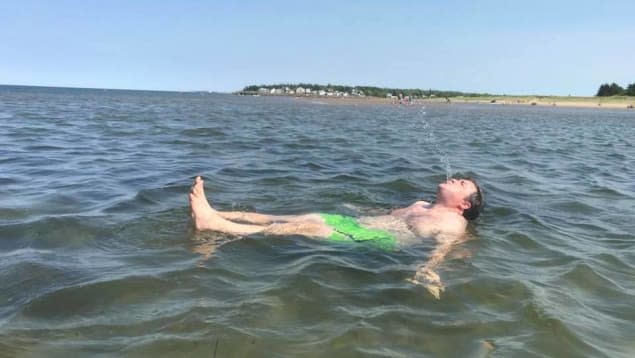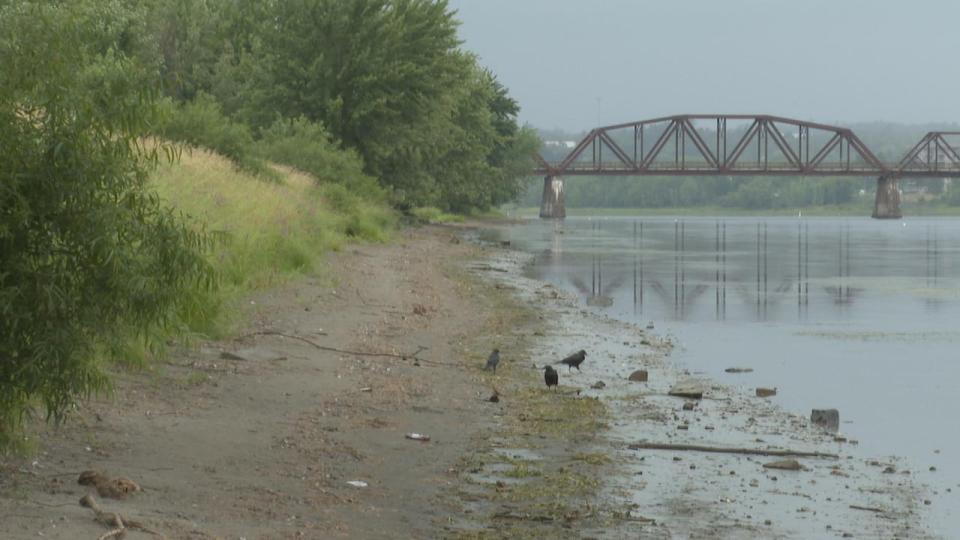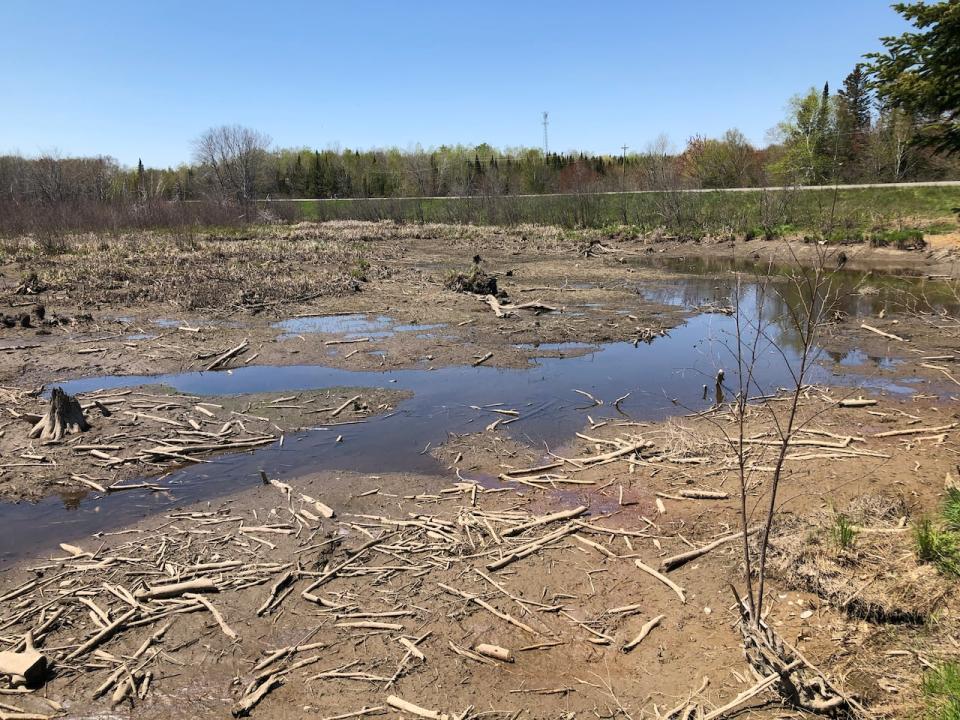N.B. conservation group urges faster action to protect water and shorelines

A New Brunswick environmental group says the provincial government is falling short on protecting water resources.
A 10-year strategy came out five years ago and fewer than half of the planned actions have even begun, said Beverly Gingras, executive director of the Conservation Council of New Brunswick.
"I really hope by the end of 2028, we're not sitting there going, 'What actually did we accomplish? Did we just check boxes? Or did we make sure that the water in New Brunswick is managed successfully and sustainably?'"
The goals of the plan are to protect drinking water and ecosystems, improve understanding about water and work co-operatively on management.

One of the actions that remain to be done is implementing a new approach to manage surface water quality in watersheds. (CBC)
The Conservation Council was one of several environmental groups and other parties that collaborated to create the strategy, but according to Gingras, not much collaboration has happened since then.
"They made a commitment to putting more Indigenous perspective into the water strategy and they certainly have not done that," she said.
On top of the many actions that remain undone, some others appear to have been watered down, she said, including plans to conserve coastal areas and do more research on blue-green algae.
Instead of aiming to regulate coastal conservation, they're now "looking at options," she said.

A monitoring program for recreational water quality has been set up in provincial parks, including Parlee Beach. (New Brunswick Department of Health)
Warning signs about blue-green algae are being put up near waterways, but she doesn't know how much more research has actually been done.
There also appears to be a lack of consideration for some major threats to water, said Gingras.
Climate change is heating up the water, she said. That can affect fish habitat and degrade water quality, for example, by promoting the growth of blue-green algae and increasing the prevalence of wildfires.
A number of known pollutants also seem to be going unchecked, said Gingras.
"They've actually ignored some of their own resources that they've developed, which clearly state that there are other types of stresses in the environment including pharmaceuticals ... personal care products, things like that."

The Conservation Council says the strategy needs more consideration for the major effects of climate change on water quality. One climate-related action the province plans to take in the next five years is the creation of a drought index. This file photo shows low water in the St. John River after a long period with no rain in 2019. (Shane Fowler/CBC)
The Conservation Council and 19 watershed associations have long been pushing for classification and protection of watersheds.
Gingras doesn't think that's been done, with the notable exception of a plan developed for the Shediac area.
She'd like the government to recommit to working together with groups including hers.
"I would really like them to come back to the table and reach out to the people that helped build the strategy in the first place and to have … honest and open conversations about where they are in terms of meeting the goals."

The province says it has improved wetland mapping and issued guidelines for more consistent protection, management and permitting, since this Fredericton wetland was accidentally drained in 2021. (Gary Moore/CBC)
According to the five-year progress report on the website of the Department of Environment and Local Government, 14 actions in the water strategy have been completed, including:
Reporting on water quality in lakes, rivers and municipal drinking water systems.
Creating data collection standards for water quality monitoring and a publicly accessible portal to share water data.
Implementing water meters for industrial users.
Setting up a monitoring program for recreational water in provincial parks.
Forming a group to review on-site sewage disposal.
Evaluating pesticide rules for agriculture.
Actions in the plan that still have to be taken include:
Expansion of surface and groundwater monitoring networks.
Strengthening regulations for private wells.
Implementing a new approach to manage surface water quality in watersheds.
Preparing a policy to identify and maintain environmental flows, ensure water resources are not over-exploited and preserve ecosystem health.
Establishing a drought index and public advisory reporting system.
Asked to respond to the Conservation Council's concerns that progress is lagging and collaboration lacking, a communications officer said in an emailed statement the department remains committed to completing the actions in the plan and "relies on and continues working with its partners" to do so.
The communications officer added that in the past two years, more than $4.4 million from the Environmental Trust Fund has gone toward freshwater management projects by watershed groups, universities and other partners.


